Sheep Shearing. The World's Oldest and Most Misunderstood Dance
“A necessary evil. That’s how some people see us,” says Katie, one of the founding partners of Right Choice Shearing, a North Texas shearing company she and partner Darian founded and operate today. Both women hold animal science degrees from Texas A&M and are experienced in shearing, sheep breeds, and animal welfare. And while they focus on small farms, they have no shortage of experience. Katie, who started as a sheep shearer when she was just 14 years old, estimates she can shear 15 to 18 sheep in an hour. And can put in 12 hours straight.
When asked about the most common misperceptions surrounding sheep shearing, Katie and Darian are friendly and open, and it’s clear they’ve used their experience and education to replace myths and misunderstandings many times.
#1 Why can’t we just let them be?
Turns out many people assume that because animals in the wild aren’t shorn, it would be more humane to leave domesticated sheep alone. The problem with that is they don’t understand that wild sheep can shed, just like most dogs. But thousands of years ago, when humans first found that a dense winter sheep wool was a perfect insulator, they started breeding domesticated sheep that no longer shed. “And that’s what we have today,” says Katie.
“So, back to us as the necessary evil,” concludes Darian. “Like it or not, as humans we have to take care of the shedding process for the sheep. If we don’t, they’d be OK for a summer, but after two summers they would start to have trouble regulating their temperature. Sheep like to graze, but if they can’t thermoregulate properly, they start confining themselves to the shade and quickly consume all the food in that space. When the food in the shade is gone, they travel out in the sun and burn more energy. Unfortunately, they can’t eat enough to meet this energy usage because they are using all that is gained from the food, just to keep cool. This brings their energy level to a negative.” What might start out as a first impression of “a necessary evil” is easily debunked — there’s nothing evil about it, in fact it’s quite the opposite.
What might start out as a first impression of “a necessary evil” is easily debunked — there’s nothing evil about it, in fact it’s quite the opposite.
Katie and Darian work hard to provide an essential service to the sheep: keeping them healthy and thriving. Katie backs Darian’s point of view with a real story of a sheep who had strayed from the pack and gotten lost and hadn’t been sheared for five years. “A normal shearing yields 8 to 12 pounds of sheep wool. In this case I took off more than 50 pounds of fleece and uncovered a malnourished animal that was little more than skin and bones.” She adds, “Animals like that have dirt and oils trapped next to the skin causing dermatitis. Urine and feces in the wool can also attract flies that lay eggs. Beyond physical ailments the sheep will certainly face, the fact is they become so large from not being sheared that they literally can’t move and become easy targets for prey. It’s impossible to make animal-friendly arguments to stop shearing. It would be like releasing small domesticated lap dogs who are used to kibble and air conditioning into the wild. They wouldn’t make it.”
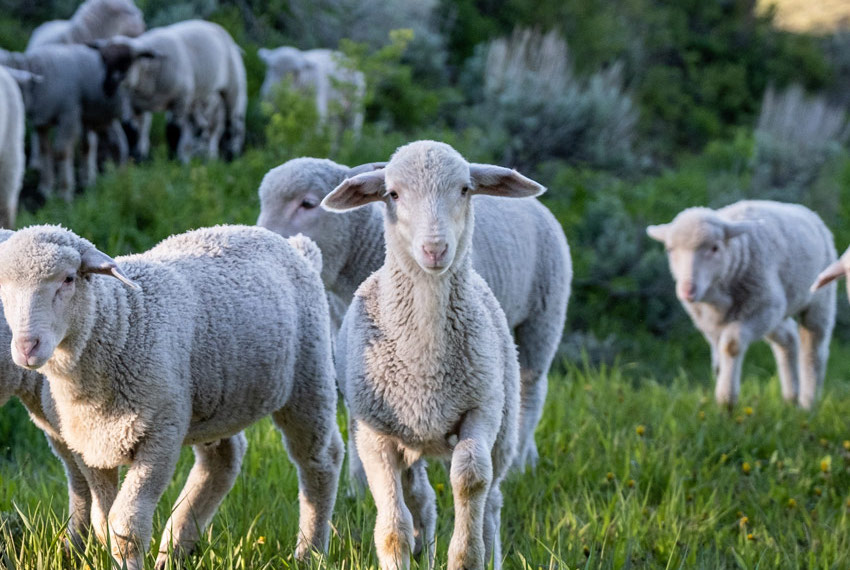
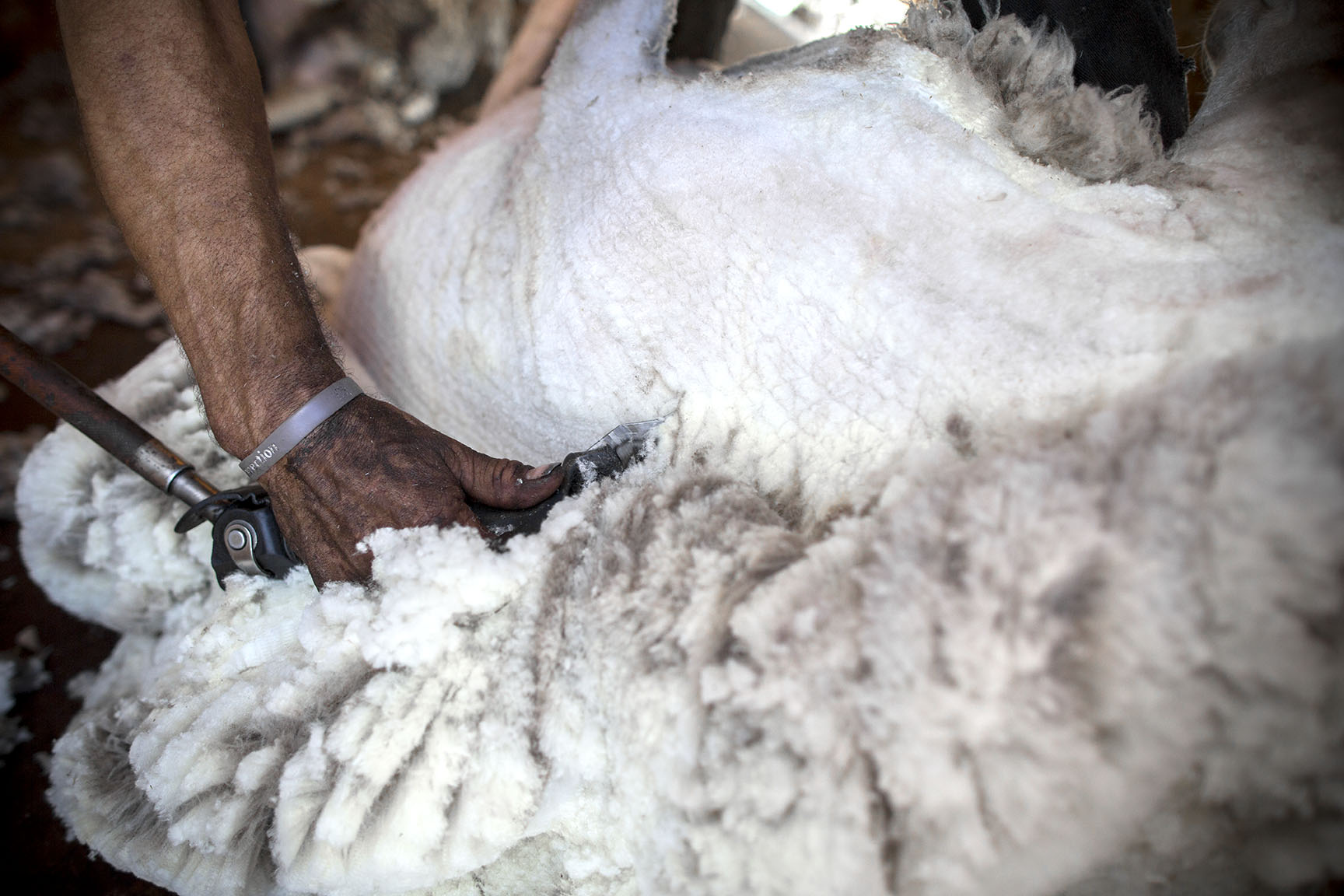
#2 You shear fast because you don’t care about anything but money.
“I understand the thought behind this one,” says Katie. “After all, when children get haircuts they cry, so we expect the stylist to be gentle, go slow, and be reassuring. But sheep don’t think like human children.” A small child can’t end the career of a 150-pound sheep shearer like Katie the way a panicked 250-pound adult Rambouillet sheep easily can. “Our goals are the same,” says Katie. “We want the animal to be calm, so that everyone is safe. But when it comes to sheep, the faster you can do the job safely, the better it is.”
Australian researchers measuring the stress hormones of a sheep on a shearing day discovered that their stress level did increase. But they found there was no difference in the level of stress at the various moments in the process, like being herded to the shearing corral, singled out, or handled by professional shearers. Well-trained sheep shearers work quickly because the faster the sheep are sheared the less time they spend stressed. And at the end of the day the shearer and the sheep want the same thing: for healthy sheep to be returned back to their flocks, and the wide open grazing spaces they’re used to.
#3 You people are nice but I’ve seen sheep shearing videos on YouTube….
There are animal-activist groups that have posted footage of sheep being mistreated in sheep shearing operations. But both Katie and Darian are quick to point out that such treatment is in no way representative of the American Wool Industry. “Our community is small, and if you’re not a good sheep shearer, you’re not going to get work. People who work around livestock won’t put up with people who abuse or carelessly injure animals. And ranchers, whether they own 5, 50, or 5000 sheep, aren’t going to stand for it. They’re paying us for perfect wool fleeces and perfect animals. And that takes practice.”
A perfect shear is 48 “blows” or “strokes.” Each stroke is carefully mapped to start where the last one left off. Following that 48-step pattern exactly is efficient and provides a perfectly uniform, single wool fleece. Getting those 48 strokes down perfectly and smoothly takes a lot of work.
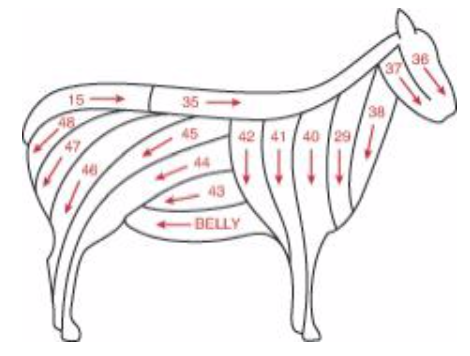
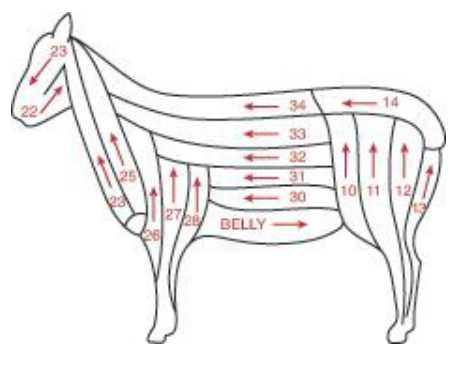
“A lot of people think that we wrestle the sheep and throw them around, but that is not at all true. You can’t manhandle a sheep.” Katie, who is only 150 pounds, couldn’t outwrestle a sheep if she tried, but one look at any of her sheep shearing videos proves she knows exactly how to finesse one.
“Every movement we make is a rocking motion between our body and their body—it’s a kind of dance. This helps the sheep stay calm and still.” Katie has handled tens of thousands of sheep, and it shows. When it’s time to move the animal, she knows where the pressure points are. The technique to get a sheep on its rump is to turn its head toward its rump. It’s clear she knows what she’s doing. All the weight of the animal works for her.
Admittedly, Katie didn’t have this wisdom when she first started sheep shearing. She learned quickly that you need a mentor. Or you go to school. And if you’re really lucky, you do both. “If you don’t do this job right, you won’t be doing it long. The methods that have been fine-tuned over the years are good for the animal and the shearer. This is hard work. But it’s also an art form.” There are 70–year old sheep shearers who have stayed healthy because they do things the right way. In the background, Darian sums it up nicely, “If you can’t dance with them, you’ll never make it through a full day.”
#4 If a sheep does get a nick or cut, no one cares for it.
“We work on several small ranchettes. And trust me, when a pet sheep does suffer a cut during shearing, the families get very concerned,” Katie points out. Even a small nick from a loud, buzzing shearing clippers can pull on an animal lover’s heartstrings.
As humans, if we see blood, we want it covered up. So when people don’t see a sheep being immediately treated, they might think the shearer doesn’t care. But unless a cut is severe, the best course of action is to let it be or maybe apply a small amount of antiseptic. Katie and Darian explain that the lanolin produced in a sheep’s skin is a natural anesthetic. Putting on a bandage might look kind and reassuring, but it’s just trapping debris. It makes people feel better, but it does nothing good for the sheep. Plus, overly doctored wounds can take up to three times longer to heal or lead to greater health issues.
Caring for sheep isn’t anything new for American wool producers, the American Sheep Industry Association (ASI), or its member farmers and ranchers. With a storied dedication to animal welfare, ASI promotes and encourages the training of proper sheep handling and shearing. ASI knows the value of animal welfare and as such, were the first to develop and distribute a Sheep Care Guide, an educational document for proper care, handling, and management of sheep as an industry standard for sheep care. And, they sponsor training for sheep shearers while providing educational material on proper shearing techniques. All to keep nick’s and cuts to a minimum.
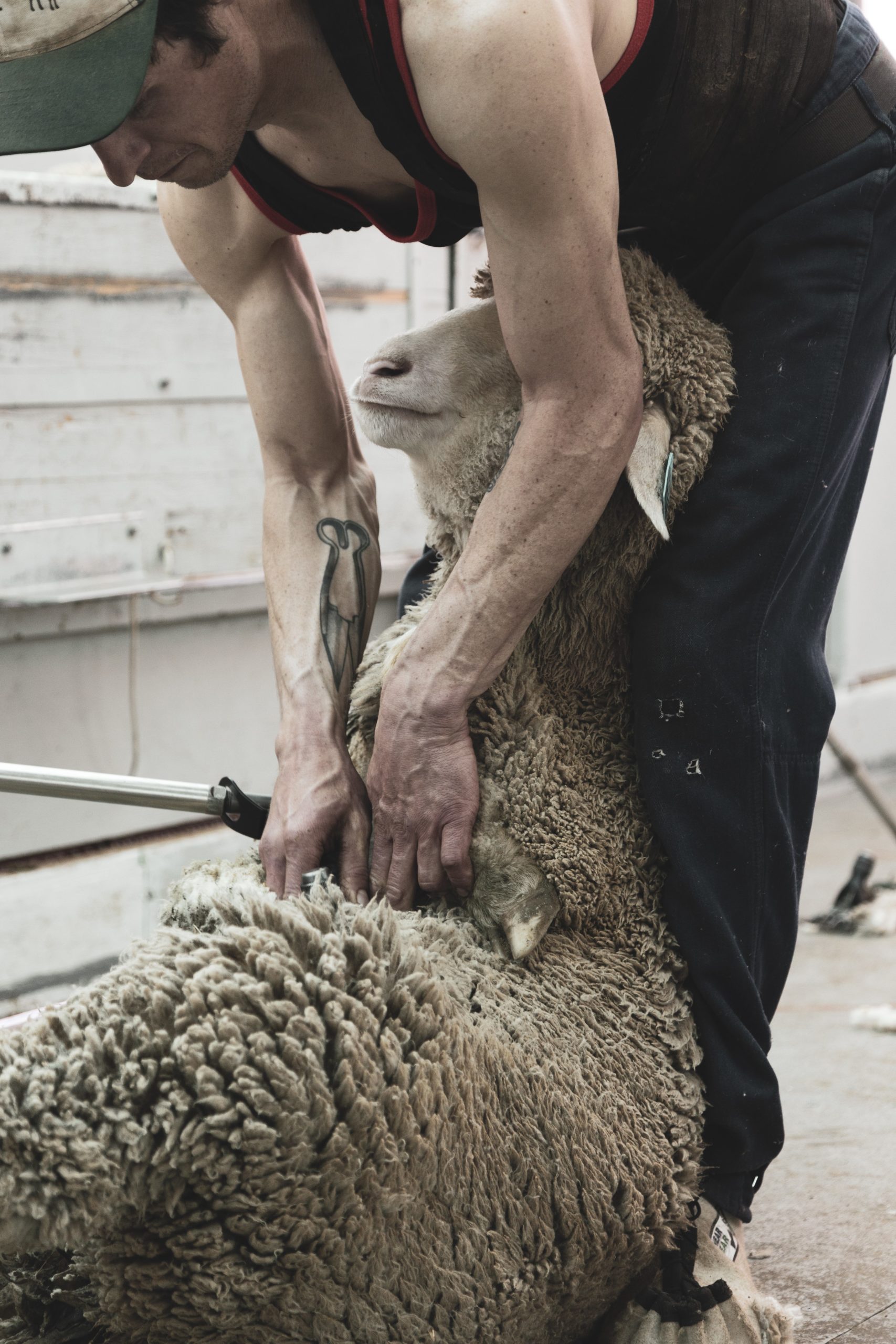
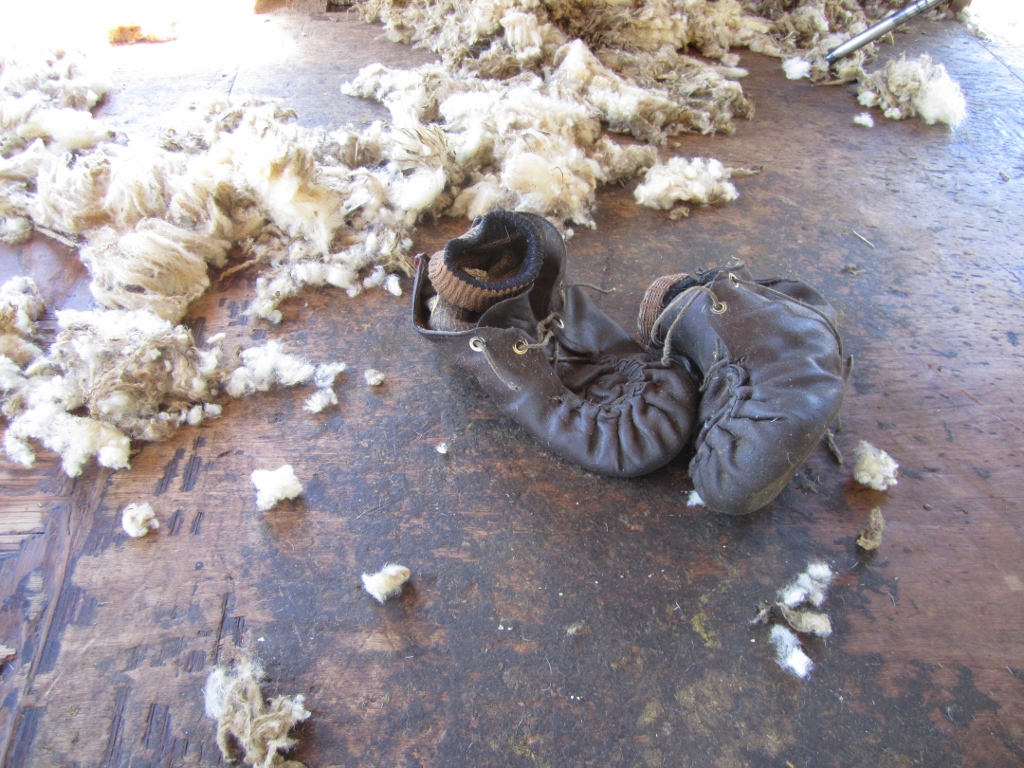
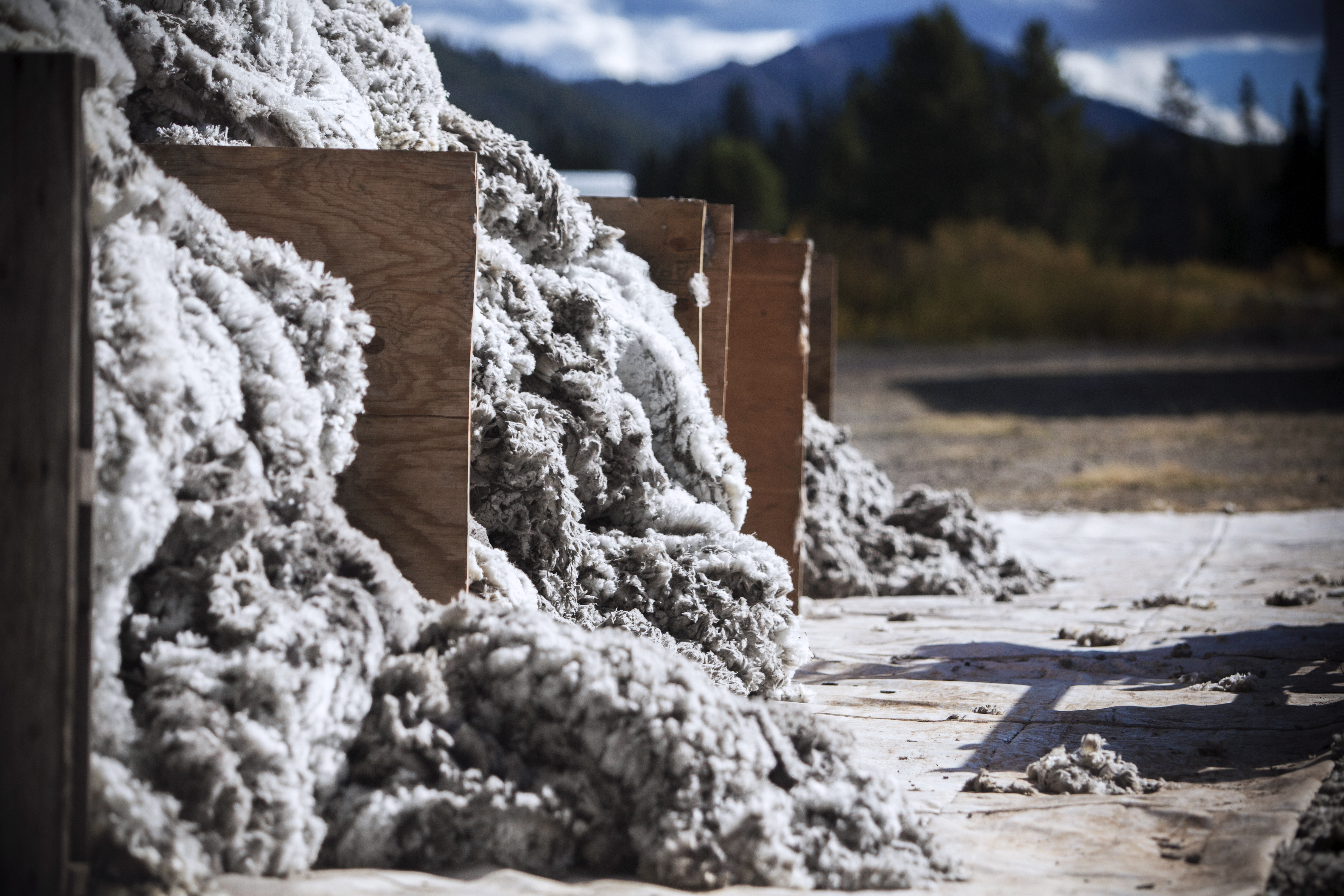
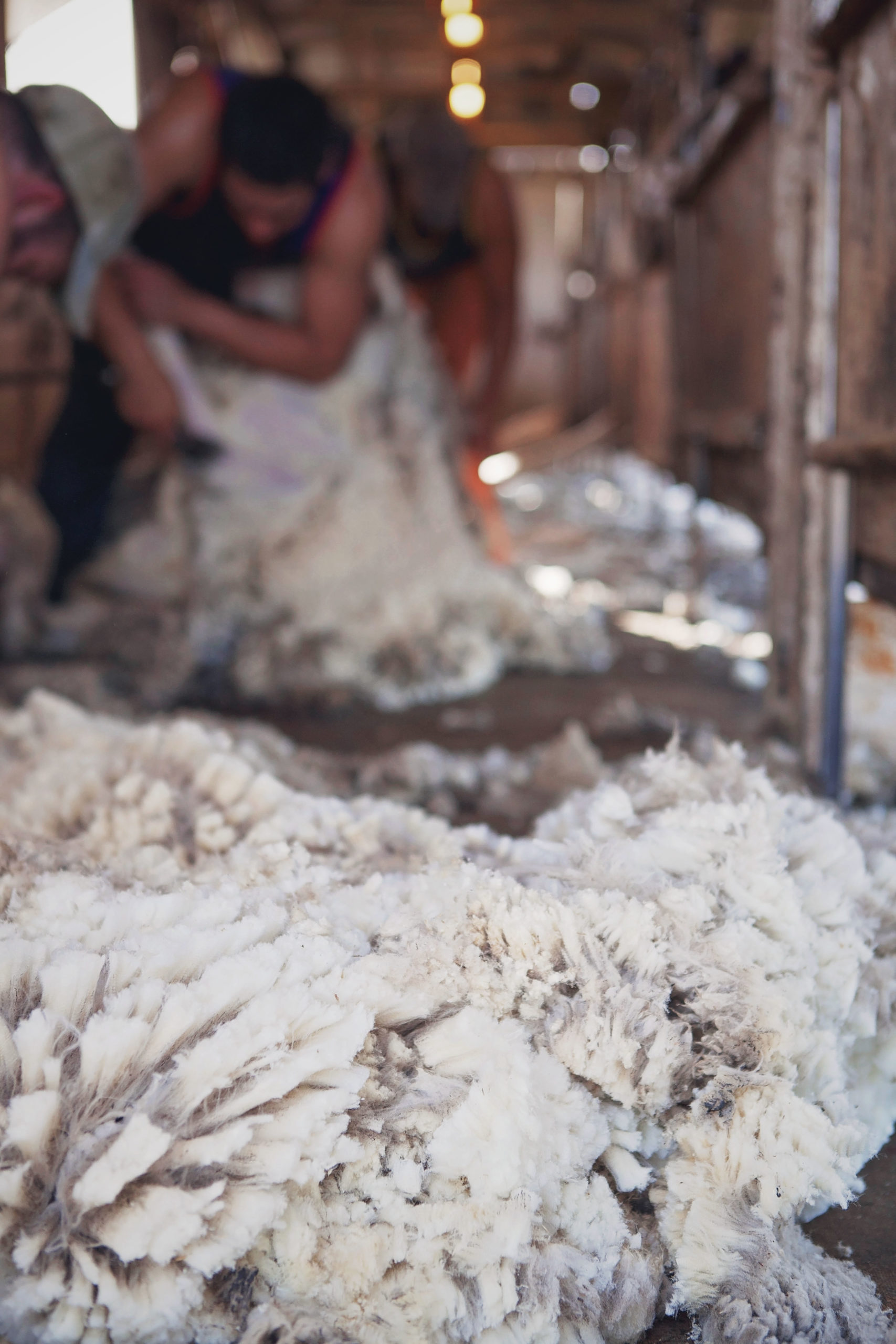
#5 Loving animals is all it takes.
According to Katie, the last misperception shared by many people is that to work with animals, all you need is to love them. She’s quick to point out that she works professionally in agriculture. So, while love may have gotten her into this business at the age of 14, today it’s more about professionalism. “The reason we do this job is that we want to help animals and help the people who own them to care for them properly. We service smaller ranches and hobby farms that often can’t get a shearer and can’t do this job themselves. It’s not just a love for animals, it’s respect for them.”
The American Wool Council supports a humane and proactive approach to providing uncompromising welfare standards for sheep that produce American Wool, to learn more about our position on animal welfare click here. To dive deeper into the entire wool-gathering process click here.
The American Wool Council is a division of the American Sheep Industry Association.
